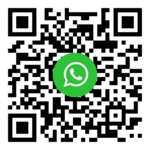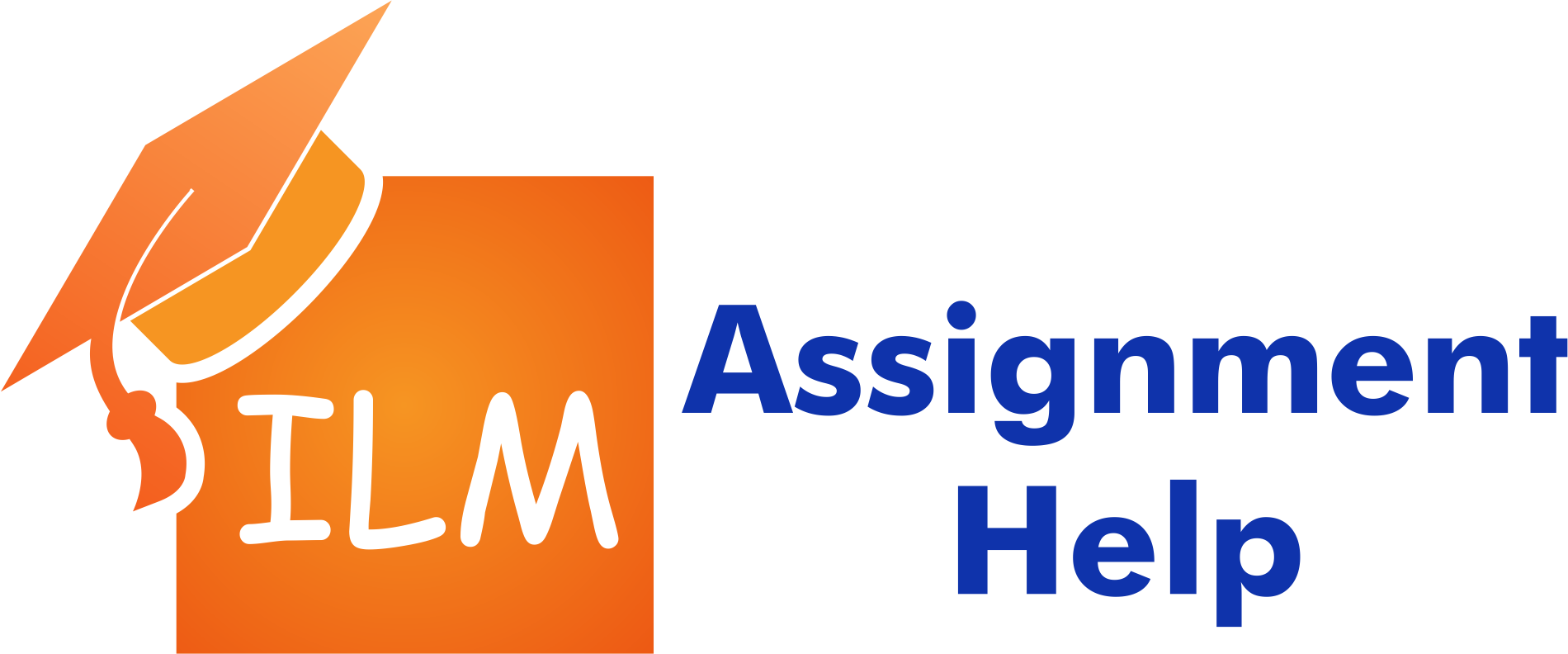Did you enjoy our articles?
Click the order button below to get a high-quality paper.
You can talk to the writer using our messaging system and keep track of how your assignment is going.
Order Now / اطلب الان
Unit 8000-274 Methods of Communicating in the Workplace, is an integral component of the ILM Level 2 Module, addressing the intricacies of team communication. In the contemporary workplace, effective communication plays a pivotal role in achieving set goals and objectives. This encompasses adeptly interacting with organizational leaders and facilitating peer communication across operational tiers.
The unit underscores the significance of communication in fostering both collaboration and coordination. Collaboration addresses the interplay among team members handling diverse tasks, while coordination aligns with the organizational leadership structure. Specifically tailored for leaders, especially supervisors and team leaders, 8000-274 Methods of Communicating in the Workplace is designed to enhance their skills and strategies, enabling them to realize optimal workplace communication. This proficiency, in turn, aids leaders in meeting their goals, objectives, and professional responsibilities.
The primary objective of this unit is to instill an appreciation for the importance of workplace communication. It guides leaders in comprehending various methods of communication applicable within the workplace—a foundational knowledge for both practicing and potential team leaders. With a duration of 3 hours of guided learning, this unit holds a credit value of 1, making it a crucial contributor to the overall completion of the ILM Level 2 Module.
Effective communication is a fundamental practice across various organizational levels. Consequently, the unit 8000-274, Methods of Communicating in the Workplace, is dedicated to enhancing individuals’ proficiency in understanding and embracing diverse communication methods within the workplace. While primarily tailored for the needs of team leaders and supervisors, its applicability extends beyond these roles, encompassing all stakeholders within the organization.
This unit serves as a valuable resource for leaders across different organizational echelons, offering insights into fundamental principles for establishing robust communication systems and structures. Leaders, tasked with cultivating a workplace culture that prioritizes communication, find theoretical frameworks and practical guidance within this unit to be instrumental in achieving this goal.
With its comprehensive coverage of suitable communication methods in varied contexts, the unit proves beneficial for leaders seeking to fortify communication practices within the organization. Additionally, team members can leverage the unit to elevate their professional proficiency by honing communication abilities. Moreover, it serves as a preparatory tool for future leadership roles, ensuring individuals are well-equipped for positions of responsibility within their teams or the organization at large.
Upon completion of the unit, learners should be able to:
8000-274 Methods of Communicating in the Workplace is a unit designed to foster awareness of the importance of communication and equip leaders with diverse strategies to cultivate a culture of effective communication. The critical learning areas covered in this unit include:
Principles of Effective Communication:
This segment elucidates the fundamental principles of communication. Learners navigate through the stages of the communication process to ensure completeness and effectiveness. The components essential to communication are explored, shedding light on the role each plays in the communication process. Armed with this knowledge, learners can establish structures that facilitate effective communication, recognizing its pivotal role in enhancing team performance and organizational contribution.
Methods of Communication:
Here, learners delve into crucial factors within the workplace that influence communication dynamics. They gain insight into various methods of communication, both vertically and horizontally within the organization. This encompasses an understanding of formal and informal communication, enabling learners to develop tailored communication approaches for different contexts.
The module further covers the identification of barriers to communication and the implementation of measures to overcome these barriers, ensuring the establishment of an organization founded on effective communication practices. Additionally, learners are introduced to diverse feedback techniques, empowering them to provide and receive feedback from various stakeholders within the organization. This comprehensive exploration of methods and principles equips learners to employ varied communication strategies across different team and organizational contexts.
This constitutes a crucial phase in the learning journey, ensuring that the learning process aligns with the achievement of learning objectives and the realization of desired learning outcomes. The assessment methodology for this unit comprises a written assessment, where learners address questions related to the unit, and supervised practice. Through supervised practice, assessors gauge the learner’s capacity to apply key concepts acquired in 8000-274 Methods of Communicating in the Workplace to professional scenarios, thereby evaluating practical implementation within the workplace.
The unit primarily focuses on creating awareness of the significance of communication and providing strategies for leaders to establish a culture of effective communication within the workplace.
While designed with team leaders and supervisors in mind, this unit is applicable to a broader audience, including organizational leaders, team members, and employees seeking to enhance their communication skills.
The unit covers the principles of effective communication, guiding learners through the stages of the communication process and emphasizing its role in improving team performance and organizational contribution.
The key learning areas include principles of effective communication, various methods of communication in the workplace, identification of communication barriers, and strategies to overcome these barriers.
Assessment involves both a written assessment, where learners respond to questions related to the unit, and supervised practice. The latter allows assessors to evaluate the practical application of learned concepts in a professional setting.
Related Articles:
Click the order button below to get a high-quality paper.
You can talk to the writer using our messaging system and keep track of how your assignment is going.
Order Now / اطلب الان
